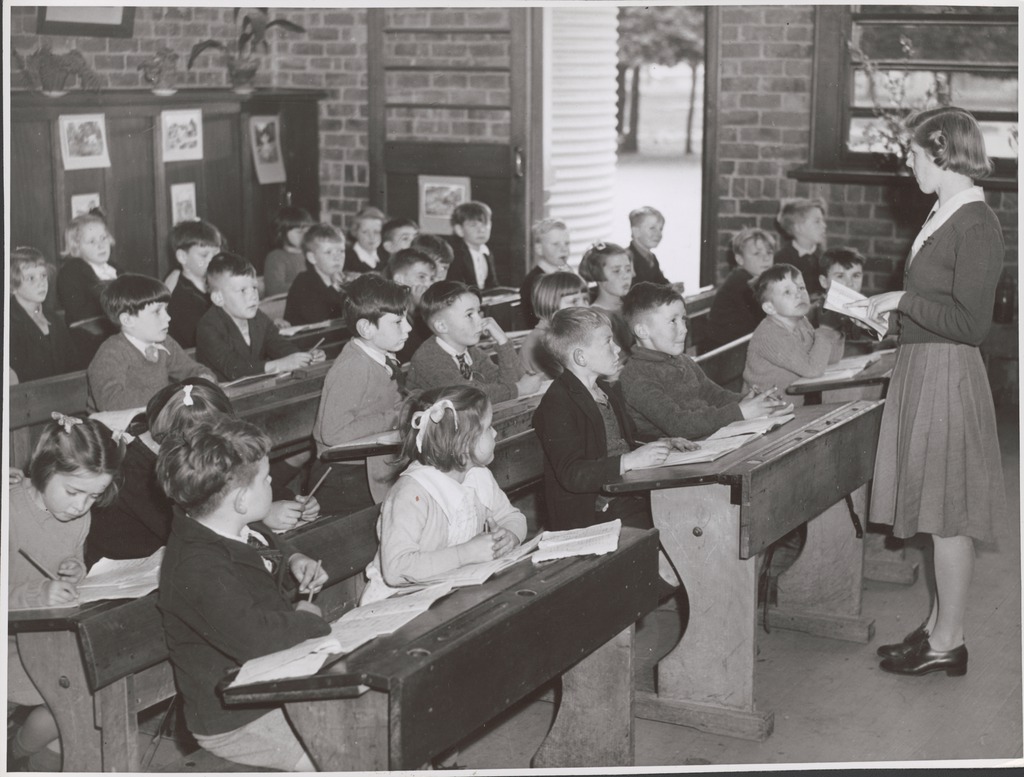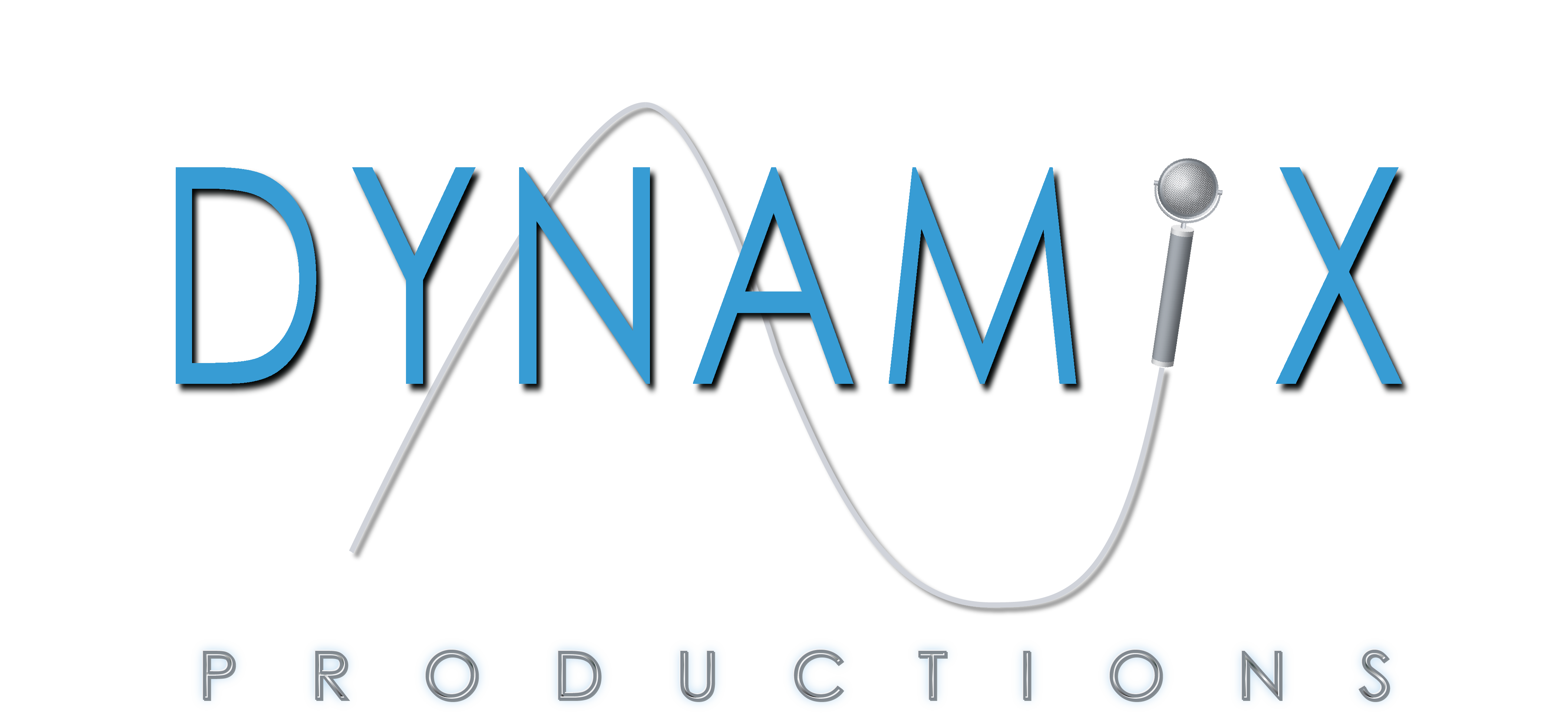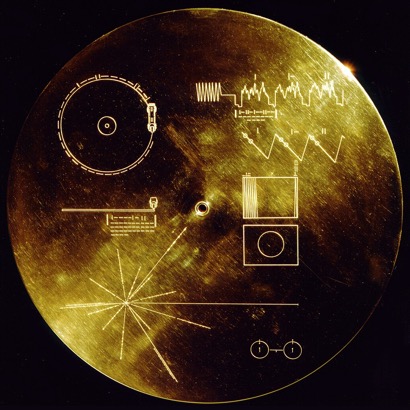

- © 2003 - 2025 Dynamix Productions, Inc. Contact Us 0



"Hello from the children of Planet Earth"
From the gold records aboard the twin Voyager spacecraft
Vinyl is the format that won't die. It'll probably still be around after humans are extinct and our sun has gone supernova. Perhaps in eons, Voyager spacecraft with the golden records aboard will meet distant stars and future vinyl lovers. But in this eon, people will not stop pushing vinyl to its limits. Mad scientists and crazy artists like putting something other than music on it - or in it. More on that later.
(Drop needle onto record, scratchy gramophone sound effect)
Let's start in 1927 with Scottish inventor John Logie Baird, the first person to demonstrate television. Logie, as he probably didn't like being called, was looking for a way to record and play back video. He turned to gramophone records, the kind that Duke Ellington and Rudy Valentino were on. We think of the 1950s as being the birth of video recordings, which were on magnetic tape. But the 1920s were right in the middle of the mechanical recording age, and it only seemed natural for Baird to attempt to capture this infant technology to a mature format. Ultimately he failed to play back video, but he was successful in capturing it to disc, a process he called Phonovision. Half a century later, Donald McLean rescued the images, as well as other video-to-disc recordings from that era.
(Heralding trumpet sound)
In the mid 60s through the 70s, RCA tried to put video on discs. Making a Capacitance Electronic Disc (CED) was a very difficult process that involved cutting grooves 10 times denser than conventional LPs and coating the disc with a thin layer of metal and silicone lubricant. Each side of this fragile CED held 1 hour of video, had limited playback life, and had inferior quality to VHS. By the time of its release in 1981, VHS was winning over consumers.
(Sad trombone wah-wah-wah)
And speaking of Voyager, NASA and Dr. Carl Sagan ("Billions and billions" sound clip) crammed 115 images plus 90 minutes of voices and music onto gold-plated lacquer discs. They included a cartridge, needle, and instructions on how to play it back. One spacecraft is headed to a star called AC +79 3888, the other to Sirius. Let's hope whoever finds it has ears.
(Drum kit "bucket-of-fish")
But experimenters weren't done trying to squeeze more than grooves into grooves. Austrian artist Gebhard Sengmüller created the VinylVideo format in the 1990s, and it has been revived today by the German company Supersense. For about $225, you can buy a decoder that converts VinylVideo on a special release LP into a video signal. There are four discs available ($21), one from Motorhead, and one from the Courettes, which feature a really creepy dancing skeleton with a top hat. The video quality is...ahem...artsy at best. One reviewer recommended watching only "if you hate your eyes."
(Psycho violin stabs)
In the 1980s, a few artists and bands such as Chris Sievy, Pete Shelley, The Thompson Twins, and Shaky Stevens put software on vinyl. These were usually simple programs that contained lyrics, games, pictures, or crude video that supported the music. The idea of digital data as audio was not a new idea, as home computers used cassette decks to store and retrieve data, and phone lines carried data back and forth via modems.
(Pac-Man sound effect)
Other interesting vinyl mods over the years include pictures and holograms on the surface, hidden tracks, backwards-playing hidden messages, double-grooved sides with two programs, and clear or colored vinyl. Consumers love things that are different, and some artists have pushed the envelope to satisfy their fan base.
(Ta-da music cue)
We've talked about trying new things on the record, but what about "in" the record? Several artists have attempted, with some success, to put liquids inside the vinyl, essentially manufacturing a clear LP with a cavity under the grooves that contain injected liquid. Jack White put blue liquid in his "Sixteen Salteens" album; Worthless put red and green inside their "Greener Grass" LP; the "Friday the 13th" soundtrack album had blood-colored liquid inside; and not to be outdone, the Flaming Lips put real blood inside the "Heady Fwends" album. All of these were limited-release, and thank God only ten blood-filled albums were ever pressed.
(Evil laugh sound effect with echo)
With vinyl records selling very well to new audiences, what will some enterprising artist try next? Putting their live Instagram feed on the label? Projecting 3D holograms from the grooves? Communicating with vinyl lovers on a planet orbiting Sirius?
(Morse code sound effect, fade out)